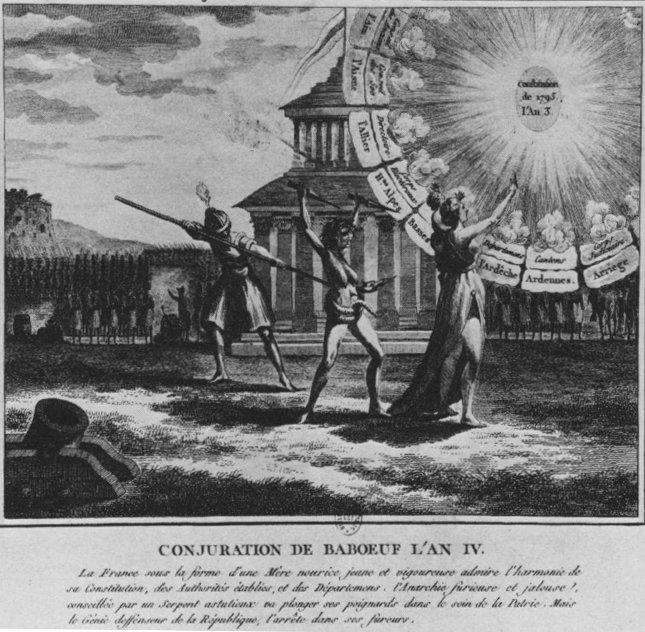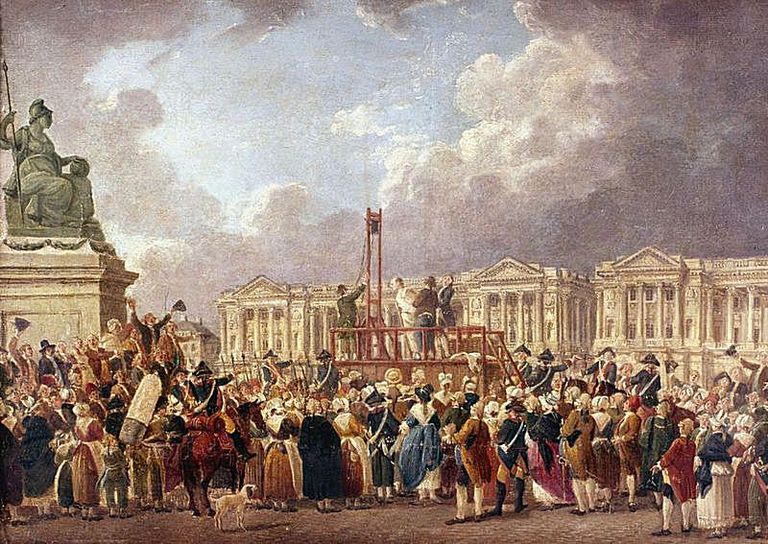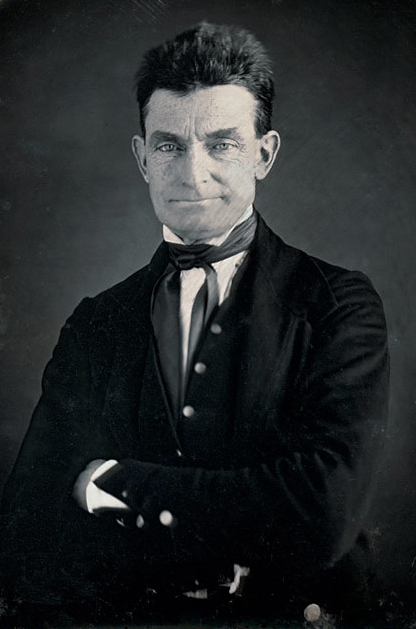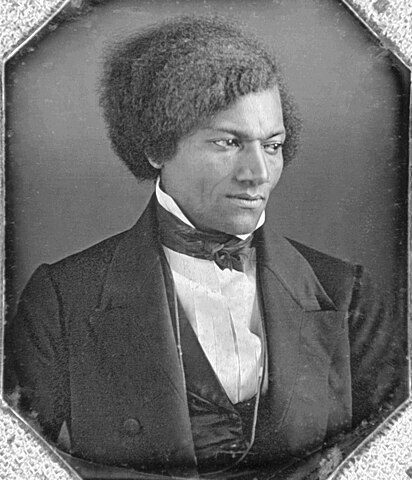Prelude Pt. I: Choir of Arras
Mango Soup
Gone Fishin'

Égalité
Prelude Pt. I: Choir of Arras
Arras Prison 21 Fructidor, Year IV (September 8th, 1796)
After all, he was the architect of everything that landed him in this prison. François-Noël Babeuf, or Gracchus Babeuf if you will, was the leader of a failed rebellion . The last few years had utterly disgusted him, as he watched the new masters of the country bastardize every ideal the original revolutionaries held. All the while the economy slowly tanked, and with it came poverty and squalor.
But now he had hope. Why? He could see it from the window. Recession became despair, and despair became outrage. Before long, this outrage took to the streets, visible even from the high prison walls. With it he did his part to stoke the flames. Why couldn't history repeat itself?
He looked out the window, and gazed upon the men lining the street. They yelled and protested, holding up signs and flags in a fervor that had disappeared in the twilight of the revolution. He smiled. The garrison protecting the prison was less than pleased, however, demanding the men leave at once. They were armed; the protestors by and large were not.
It was at that moment, further down the road, Gracchus saw something he never expected. A new militia marched down the road in lockstep. The original protestors numbered at most five or six hundred, the oncoming group would triple those numbers. Their background was various.There were Jacobins and soldiers, artisans and simple laborers, and their numbers grew as they continued their advance [2]. Their demands were clear: they wanted the release of the remaining conspirators.
As the chaotic scene unfolded, Babeuf did not shout or incite. He simply started to hum:
Mourant de faim, mourant de froid,
Peuple dépouillé de tout droit,
Tout bas tu te désoles:
Cependant, le riche effronté,
Qu'épargna un jour ta bonté,
Tout haut, il se console.
Gorgés d'or, des hommes nouveaux,
Sans peines, ni soins, ni travaux,
S'emparent de la ruche:
Et toi, peuple laborieux,
Mange et digère si tu peux,
Du fer, comme l'autruche.
The humming turned to singing as other prisoners joined in . Amidst all the chaos outside, people heard the sounds radiating from the prison and joined in. Quickly the rioting and angry chants stopped and were replaced by joyous song. The events that day would go down in history as the Choir of Arras.Peuple dépouillé de tout droit,
Tout bas tu te désoles:
Cependant, le riche effronté,
Qu'épargna un jour ta bonté,
Tout haut, il se console.
Gorgés d'or, des hommes nouveaux,
Sans peines, ni soins, ni travaux,
S'emparent de la ruche:
Et toi, peuple laborieux,
Mange et digère si tu peux,
Du fer, comme l'autruche.
Its unclear who fired the first shot.
Almost instantly the scene turned to chaos. The protestors charged the garrison, and the ensuing fight turned into a bloodbath. The garrison and their army backups fought hard, but outnumbered by the now rabid attackers were eventually forced to capitulate. By the end of the night all the prisoners, including Babeuf, Maréchal, and Amar. They didn't miss a beat, the time for their revolution was now.
-----------------------------------
[1] Amar and many of the conspirators were given amnesty prior to this point in OTL
[2] In real life the Jacobins failed to get the support of enough soldiers to attempt to free Babeuf.
Last edited:








